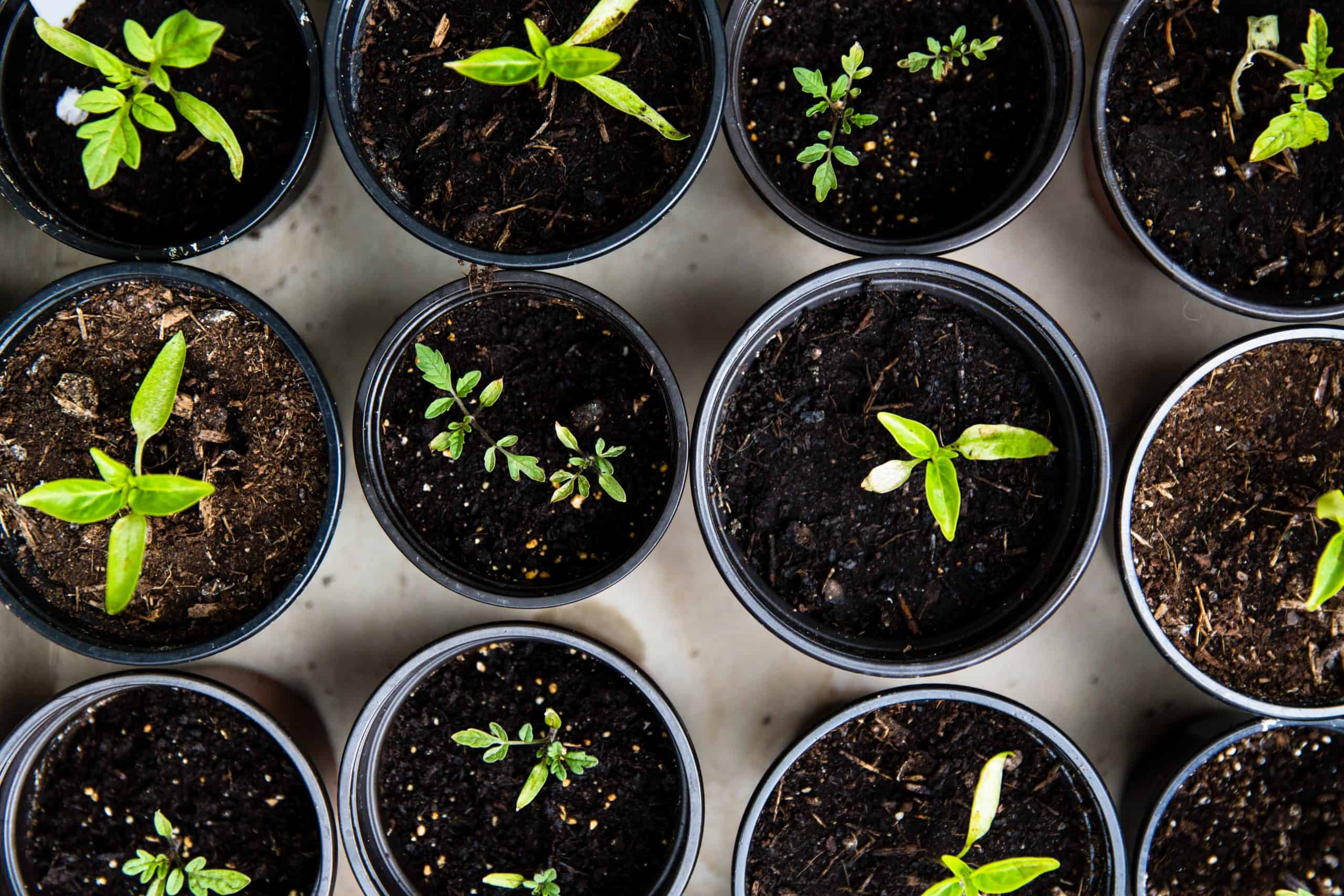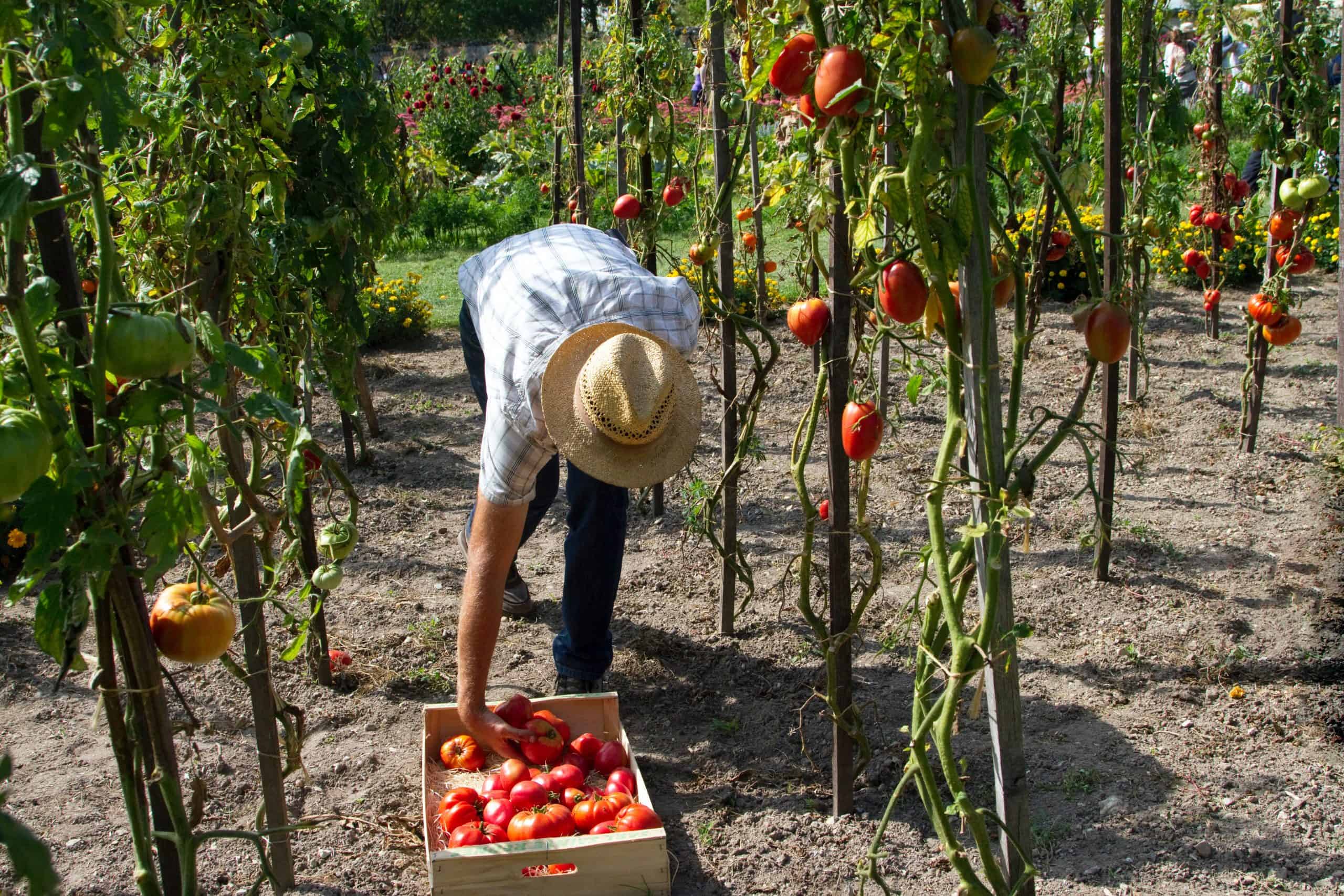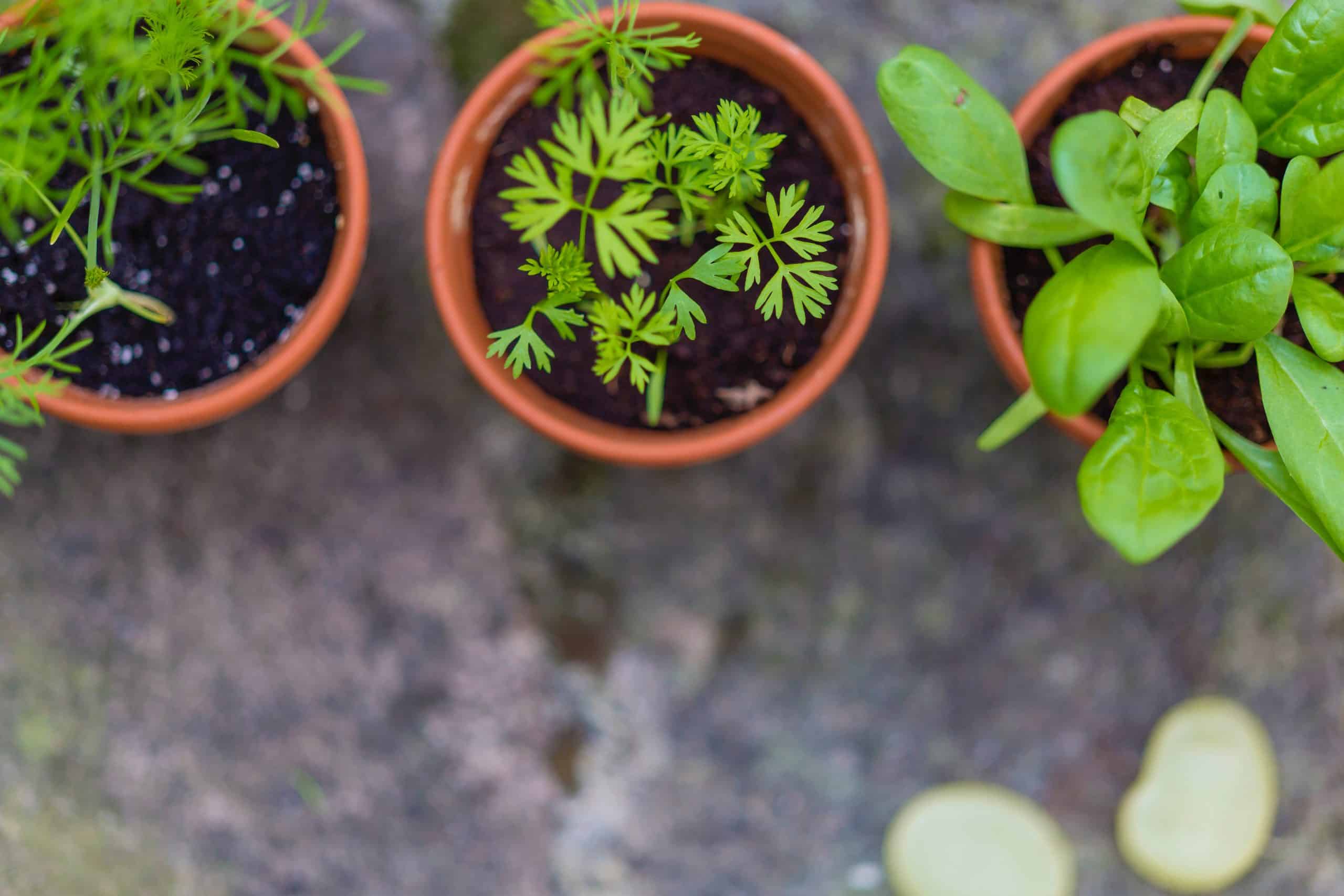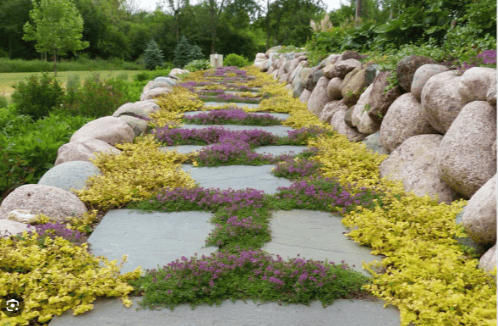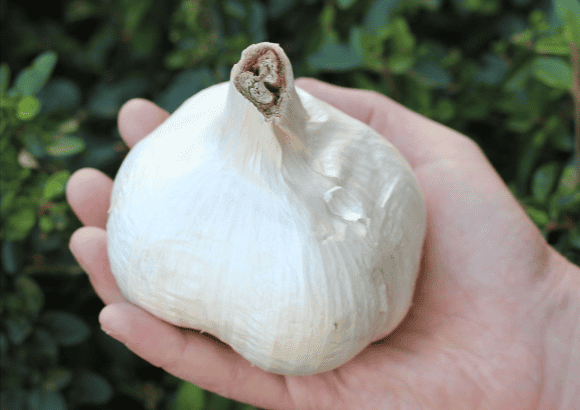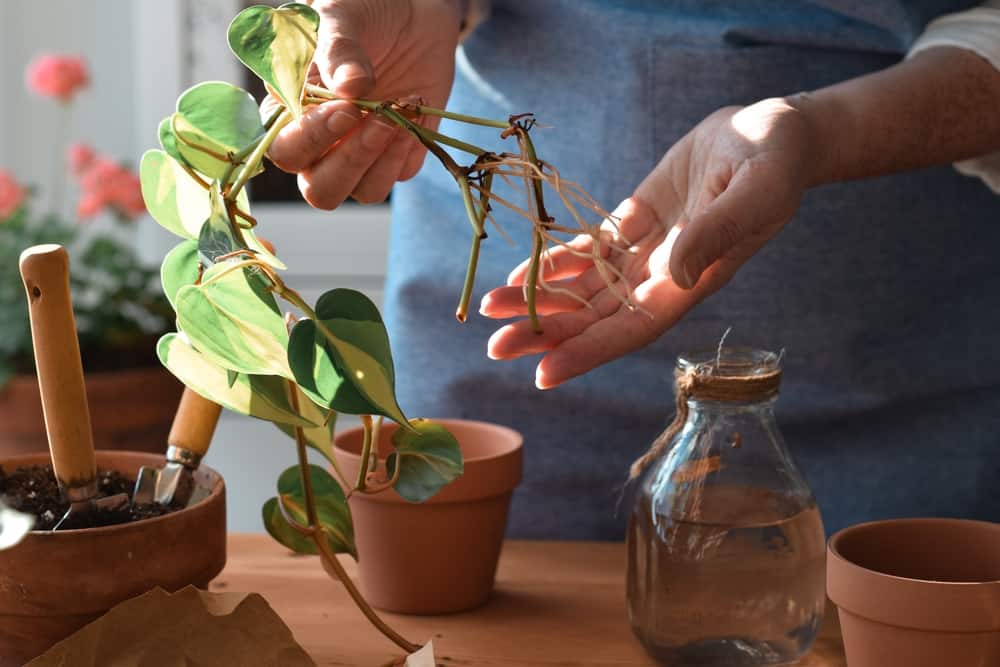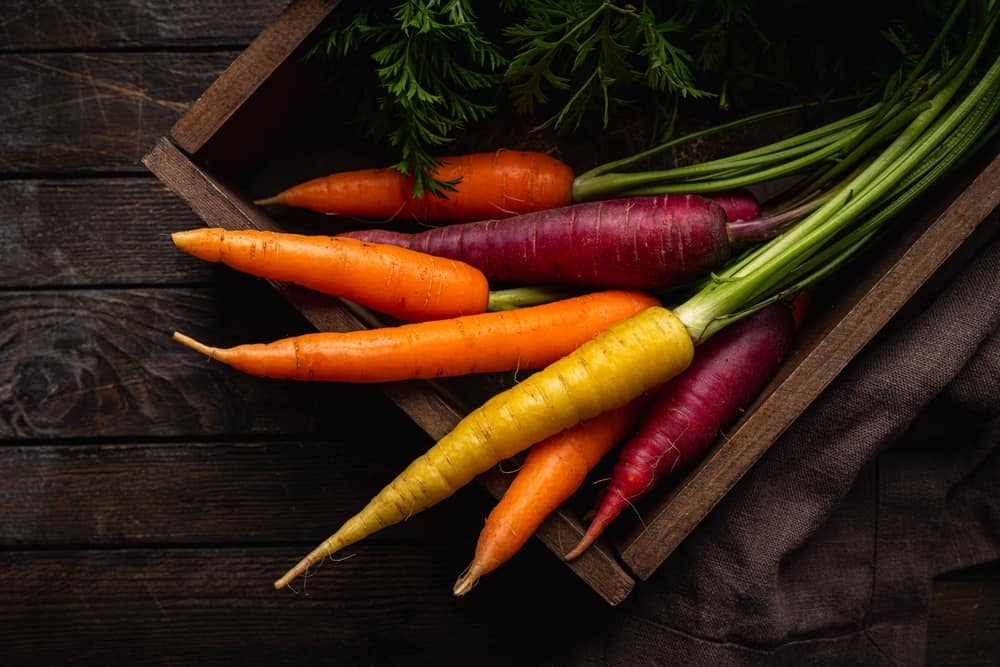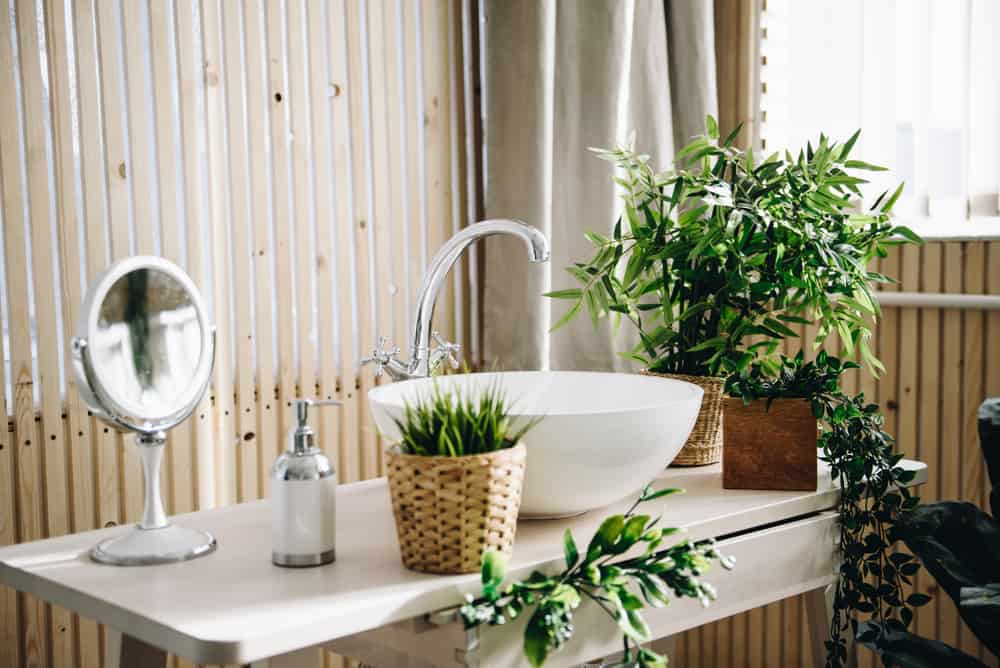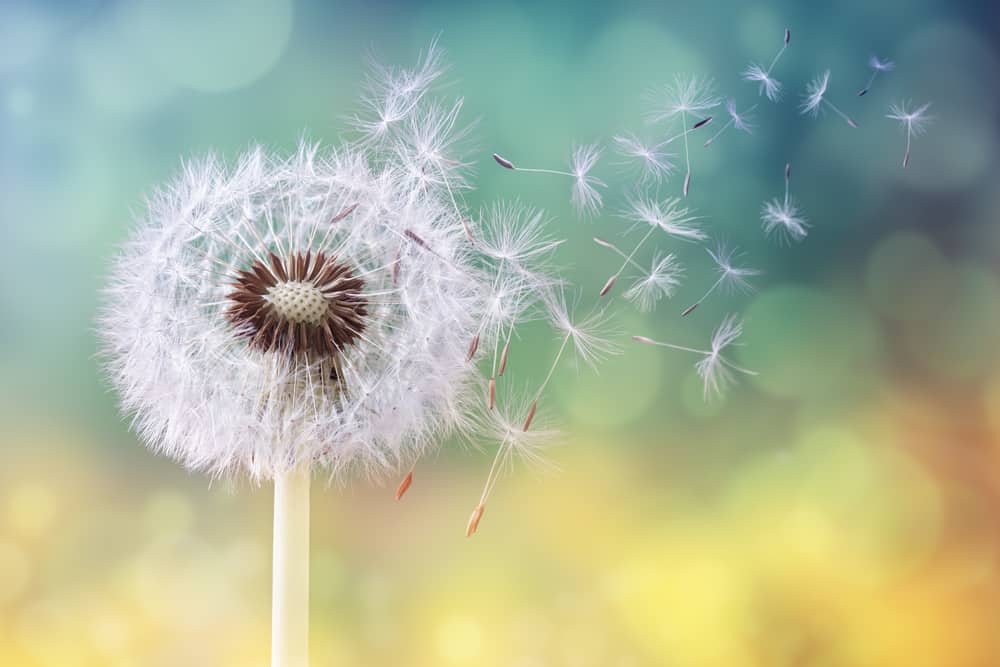How to Start a Vegetable Garden
Crunch! The tasty freshness of veggies is something we usually buy at the grocery store, but you can For instance, does your home have a wide open yard in a rural area?
Do you live in a city apartment with virtually no access to grass or soil? The good news is that you are perfectly capable of growing your own vegetable garden in any setting; you just need to ensure that the plants will have adequate exposure to sunlight.
It’s finally warming up outside and you are once again seized with the desire to try your hand at gardening. Just picture it: your very own fresh produce, perfect for wowing everyone with homegrown salads, sauces, and spices. But growing a vegetable garden can be intimidating. How do you start? What do you need? Lucky for you, we’ve made a neat little start-up guide perfect for beginner gardeners.
How do I Prepare the Ground for my Vegetable Garden?
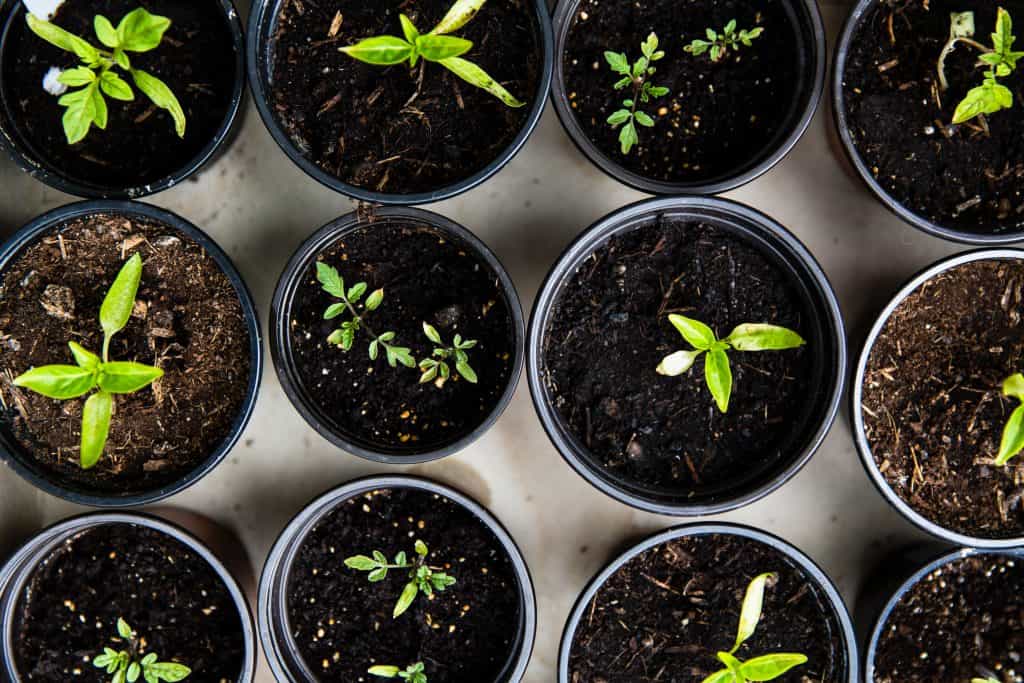
If you do not have a yard to plant your vegetable seeds directly into the ground, invest in some sturdy containers to fill with soil and place on your balcony or deck. Old Farmer’s Almanac recommends that you use large clay or plastic pots, barrels, or buckets that allow sufficient space for the plants to grow.
These containers should also have drainage holes at the bottom that will allow the plants to flush out any excess moisture after being watered. The next step is deciding which vegetables you would like to plant in your garden. Start with around five different vegetables of your choice.
For each vegetable, plant around two or three seeds per container or hole in the ground.
Now that you have completed the initial planning process and planting of the seeds, we will cover important tips for maintaining your vegetable garden.
When to Plant a Vegetable Garden
First, you’ll need to do a teeny bit of research. Before you make any moves, you need to know when the last frost in your area will be. If you start too soon, one chilly night could ruin all your hard work!
Now you’ve got two choices: you can wait until after the last frost to put store-bought vegetable plants in the ground, or you can start your own seeds indoors six to eight weeks before the last frost (after the last frost, you can put your baby plants in the ground outside.)
How Often Should I Water My Vegetable Garden?
According to Better Homes & Gardens, frequent watering is crucial, especially during the first few weeks after the seeds have germinated (sprouted). It is advised that you give your vegetable garden a long drink of water every few days as opposed to a small sprinkle of water each day.
This tactic allows the water to travel deeper into the soil, which results in deeper growth of the roots. This provides increased access to nutrients that will help the plants develop strong, healthy stems and roots.
When to Fertilize Your Vegetable Garden
Another important factor to consider when tending to your vegetable garden is fertilizer. If you are unfamiliar with this term, fertilizers are “nutritional supplements that improve a plant’s health, growth, and productivity,” according to an article by Catherine Boeckmann from Old Farmer’s Almanac.
Organic materials such as manure, food compost, and dried leaves can serve as fertilizers. When exactly should your vegetable garden be fertilized?
Generally, the best time to do this is during the spring season when the ground has thawed after winter, as this prevents the risk of frost immediately killing the vegetable plants. Fertilizer should generally be applied to the garden once every three to four weeks throughout the growth period.
Although fertilizer is good for plant development, Boeckmann also stresses the importance of not using too much, because “absorbing more than necessary can result in abnormal growth or adverse effects.”
Why You Should Get Rid of Grass in Your Vegetable Garden
Next, we will cover the importance of disposing of any unwanted weeds from your vegetable garden. Gardening Bank refers to a weed as “any grass, flower, or even vegetable that is not supposed to be in your garden alongside the vegetables you are growing.”
Just like the vegetables in your garden, weeds require abundant amounts of space in order to grow. Therefore, when these weeds begin to grow alongside the vegetables, they start to take up water and nutrients that are needed by the vegetables.
This, in turn, can be life-threatening to your garden. For this reason, it is important to carefully maintain your vegetable garden, ensuring that it is clear of any harmful grasses and weeds.
If you happen to discover that some weeds have popped up in your garden, there are a few ways to get rid of them. You can uproot the grass by hand, spray it with organic weed killer, or even apply it with vinegar.
How To Keep Bugs From Eating My Vegetable Garden
An article by Jessica Walliser from Savvy Gardening provides a few different strategies to help with keeping pests away from your plants. Utilizing physical barriers such as floating row covers can be an effective way to do this. Another example is a method known as intercropping.
Walliser explains, “By inter-planting different vegetable crops with one another, pests may have a more difficult time locating their host plants.”
She finds that these are more preferable techniques in comparison to pesticide sprays, which are often full of harmful chemicals.
To conclude, I hope this information proves to be valuable to the development and upkeep of your plants, and I wish you the best of luck with starting your vegetable garden!
How Much Does It Cost To Plant a Vegetable Garden?
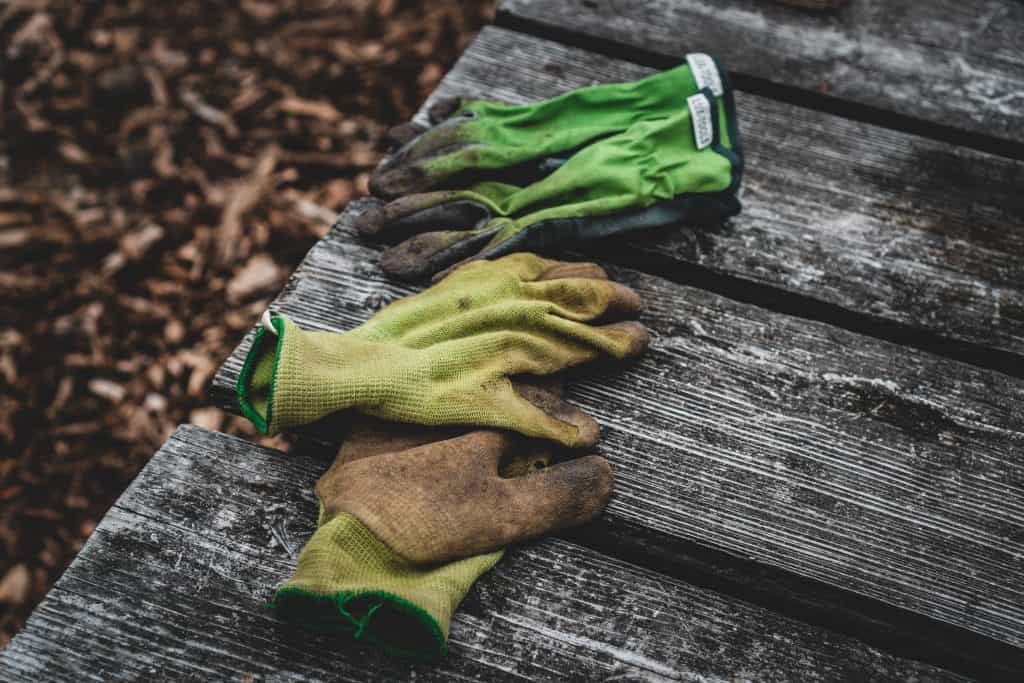
Now that you know when to get started, it’s a good time to think about cost. The great thing about gardening is that you can basically pick your price point! Here is a list of the most basic things you’ll need to get started and their price ranges according to Home Depot:
- Shovel ($10 to $200)
- Hoe ($10 to $100)
- Landscaping rake ($10 to $300)
- Trowel ($10 to $200)
- Soil (starting from around $10)
- Hose ($10 to $200) or watering can ($5 to $100)
Plants and seeds can vary wildly depending on where you look. You can find seed packets for around a dollar and live plants for anywhere from three dollars to fifty! Simply pick what sounds delicious and fits your budget.
None of these supplies need to be expensive. Local grocery stores, garden centers, and online marketplaces should offer lots of options. And if you’re still looking to pinch some pennies, here are some extra tips:
- Use your hands! If your garden is going to be small, you can make do with just a trowel and a desire to get your hands nice and dirty.
- Start with seeds! If you’re willing to put in the time and effort, you can sprout vegetable seeds inside.
- Try composting! If you don’t want to shell out for fancy fertilizer, try composting kitchen scraps. Things like eggshells and banana peels can add super important nutrients to your soil without costing you anything.
How to Use Landscape Fabric In Your Vegetable Garden:
Vegetable gardens need quite a bit of maintenance to thrive. You’ll need to water and watch and weed. If you aren’t careful, pesky little weeds can turn giant, engulf your vegetable plants, and use up nutrients. But if you use landscaping fabric, you can get ahead of weeds without needing to spend hours pulling them up or using icky pesticides. You can find landscaping fabric in garden centers and online.
Spread the fabric over your prepared ground, then cut X shapes or holes where you want to put your plants. Now the fabric will let water through for your plants, but keep weeds from getting out of hand!
With a little time and effort, anyone can have a green thumb! Whether you’re growing leafy greens, fresh herbs, squash, peppers, tomatoes, beans, or anything else you can think of, this little guide should help you start with the right foot forward. Now get out there and dig in!
